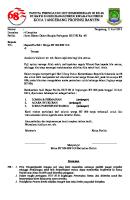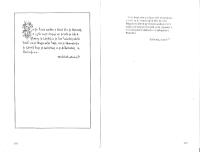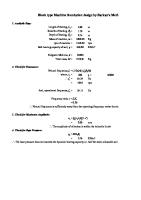Ri Si: Ingredient Cost/Barrel Octane Available (Barrels) [PDF]
Bay Oil produces two types of fuel (regular and super) by mixing three ingredients. The major distinguishing feature of
27 0 60KB
Papiere empfehlen
![Ri Si: Ingredient Cost/Barrel Octane Available (Barrels) [PDF]](https://vdoc.tips/img/200x200/ri-si-ingredient-cost-barrel-octane-available-barrels.jpg)
- Author / Uploaded
- alok
Datei wird geladen, bitte warten...
Zitiervorschau
Bay Oil produces two types of fuel (regular and super) by mixing three ingredients. The major distinguishing feature of the two products is the octane level required. Regular fuel must have a minimum octane level of 90, whereas super must have a level of at least 100. The cost per barrel, octane levels, and available amounts (in barrels) for the upcoming twoweek period appear in the following table, along with the maximum demand for each end product and the revenue generated per barrel. Ingredient
Cost/Barrel
Octane
Available (barrels)
1
$16.50
100
150,000
2
$14.00
87
390,000
3
$17.50
110
340,000
Revenue/Barrel
Max Demand (barrels)
Regular
$18.50
390,000
Super
$20.00
540,000
Develop and solve a linear programming model to maximize contribution to profit. (Assume Ri is the amount of ingredient i used in producing regular, and Si is the amount of ingredient i used in producing Super. Use the units of barrels and dollars for all answers.) Max s.t.Input 1 Capacity Input 2 Capacity Input 3 Capacity Max Demand for Regular Max Demand for Super Required Octane Level, Regular Required Octane Level, Super R1, R2, R3, S1, S2, S3 ≥ 0 What is the optimal contribution to profit? Report your values for R1, R2, R3, S1, S2, S3. (R1, R2, R3, S1, S2, S3) = What is the maximum profit (in dollars)?









